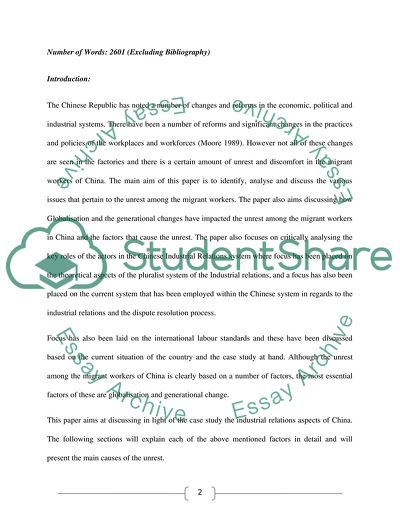Cite this document
(Current System of Industrial Relations and Dispute Resolution Term Paper, n.d.)
Current System of Industrial Relations and Dispute Resolution Term Paper. Retrieved from https://studentshare.org/sociology/1742234-industrial-relations
Current System of Industrial Relations and Dispute Resolution Term Paper. Retrieved from https://studentshare.org/sociology/1742234-industrial-relations
(Current System of Industrial Relations and Dispute Resolution Term Paper)
Current System of Industrial Relations and Dispute Resolution Term Paper. https://studentshare.org/sociology/1742234-industrial-relations.
Current System of Industrial Relations and Dispute Resolution Term Paper. https://studentshare.org/sociology/1742234-industrial-relations.
“Current System of Industrial Relations and Dispute Resolution Term Paper”, n.d. https://studentshare.org/sociology/1742234-industrial-relations.


